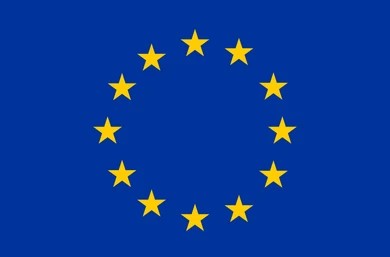The 27 European nations that make up the Schengen Area have formally done
away with passport requirements and other forms of border controls at their
shared borders. It has a common visa policy and operates as a single jurisdiction
for foreign travel. Travel between member nations is made easy by the free flow
of capital, people, products, and services in this region.
Important Schengen Area Features:
Freedom of Movement: You are not required to get extra visas or go through
border controls after you have entered any Schengen nation.
Schengen Visa: International students and tourists can more easily explore
Europe with a single visa that grants admission to all member nations.
Numerous Study Locations: The region contains well-known educational
nations including Germany, France, and the Netherlands and Spain.
Unified Policies: The Schengen Agreement guarantees that its member nations
cooperate on border security, immigration, and visa regulations.
Why Do Students Like the Schengen Area?
The following factors make the Schengen Area one of the most popular study
abroad locations for students:
1. Travel ease: Students from one Schengen nation can readily visit others for
pleasure, education, or cultural reasons. For instance, a German student does
not need a separate visa to travel to France, Italy, or the Netherlands.
Students can also take part in international seminars, exchange programs, and
internships in several different countries because to this accessibility.
2. World-Class Education: The Schengen nations are home to some of the top
research institutes and universities in the world, providing degrees that are
respected around the world.
The Netherlands, France, Germany, and other nations are well known for their
excellent and reasonably priced educational systems.
3. Free or Cheap Education: Many Schengen nations, like Norway and
Germany, provide free or inexpensive education, particularly at public institutions.
Students can afford it thanks to national initiatives like Erasmus+ and other
scholarships.
4. Cultural Diversity: The area has a wealth of languages, cultures, and history.
Students who study in the Schengen Area are exposed to a variety of lifestyles
and get a global perspective.
There are many of festivals, events, and chances for cross-cultural interaction.
5. Employment Opportunities: International students can obtain professional
experience by working part-time while enrolled in classes in several Schengen
nations, which also grant work permits after graduation.
The need for qualified workers is rising in nations like France and Germany,
which facilitates students’ transfer to the workforce.
6. Ease of Access for Family Visits: Since a single Schengen visa covers
many nations, families may visit students with ease and there are less logistical
obstacles.
7. Quality of Life: For international students, the Schengen Area provides a
good standard of life, first-rate public transit, first-rate healthcare, and safety.
8. Travel and Networking: Students may expand their perspectives and build
worldwide networks by taking advantage of the opportunity to study in 27
different countries.
Germany is a top study destination in the Schengen Area because of its robust
economy and free education.
France is well-known for its business programs, arts, and culture.
The Netherlands is well-known for its research-based curriculum and
English-taught classes.
Italy is renowned for its studies of art, architecture, and design.
Spain is a center for sunny campuses and language courses.
Switzerland and Austria provide beautiful scenery and excellent educational
standards.
The Schengen Area is a popular destination for international students seeking
higher education because it provides a blend of excellent instruction, reasonable
costs, and convenient transit.
The Schengen area’s unique selling point is its freedom of movement for over 400 million people across 29 member states, enabling seamless travel without internal border controls.






